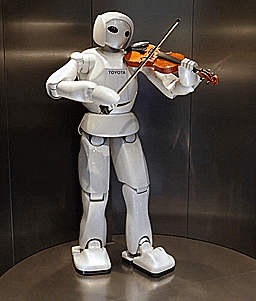Public Relations (PR) is a field of communication that has had to evolve with changes in technology. The history of public relations dates back to before the 15th century and has been divided into four ages: the Beginnings of PR, the Age of Print, the Age of Mass Media, and the Age of Digital and Social Media (Nartya, 2022). The field of public relations work closely with other professional areas of communication such as journalism and marketing. Public relations representatives, sometimes referred to as Public Information Officers (PIOs), provide useful information and insight and are often spokespersons for organizations, governmental agencies, celebrities, etc. (Kolodzy, 2012, p. 29).

And just like journalism
and marketing, PIOs have had to make training a priority to keep up with the constant
evolution of technology. PR is far more than just managing relationships
between organizations and the public, it also involves a strategic approach to
utilizing digital technologies (Moyer, 2015). PR professionals have gone from
creating content by hand and then handing out hardcopies, mailing, faxing, or
sending it by telegraph to now producing documents on a computer or mobile
device and posting them to social media or sending via e-mail and/or posting on
their website and their technological access continues to evolve. “Much of the
strategy and tactics of public relations rely on the use of media…and are
designed to improve effectiveness and efficiency” (Moyer, 2015).
References
Kolodzy, J. (2012). Practicing
Convergence Journalism. Taylor & Francis. https://bookshelf.vitalsource.com/books/9781136222825
Moyer, J. (2015, June 3). Mapping
the Consequences of Technology on Public Relations. Institute for Public
Relations. Retrieved from https://instituteforpr.org/mapping-technology-consequences/#:~:text=Technology%20has%20long%20influenced%20how%20public%20relations%20practitioners,electronically%20transmitted%20press%20release%20on%20March%208%2C%201954.
Nartya, D. (2022, January
26). History of Public Relations. PRNEWS Blog. Retrieved from https://prnews.io/blog/history-of-public-relations.html




